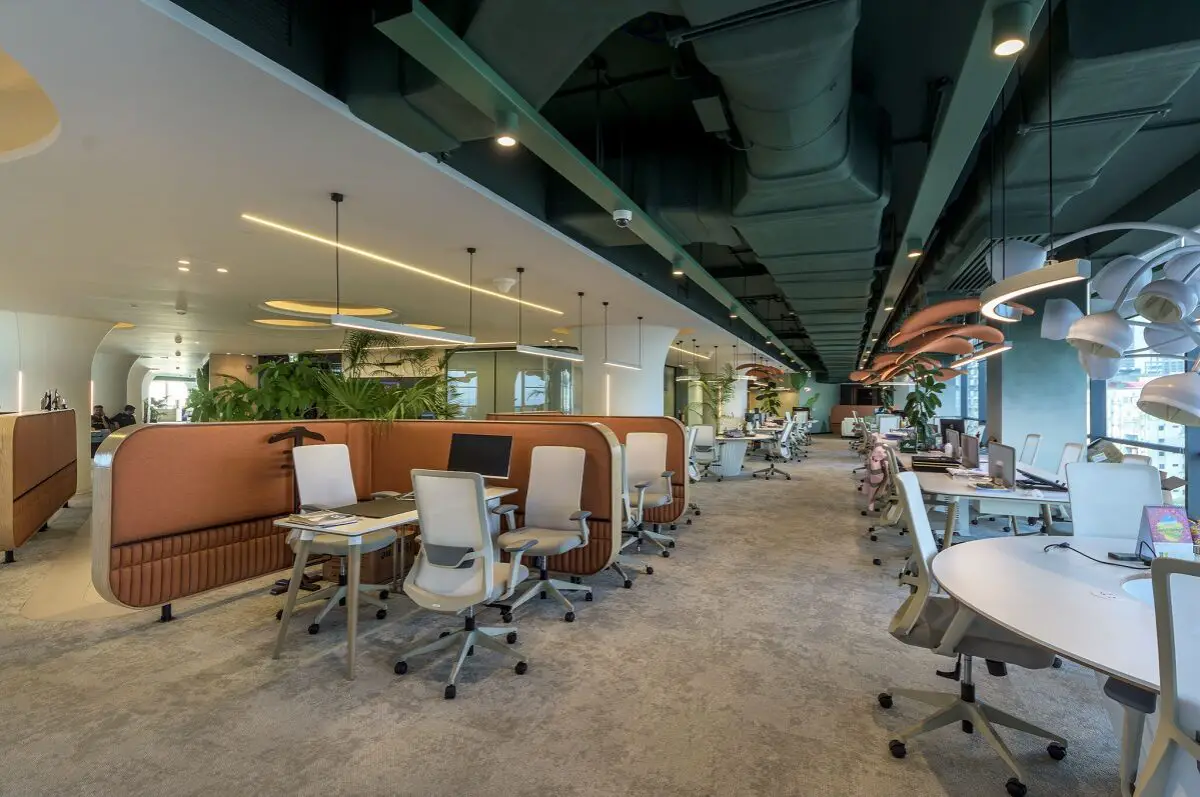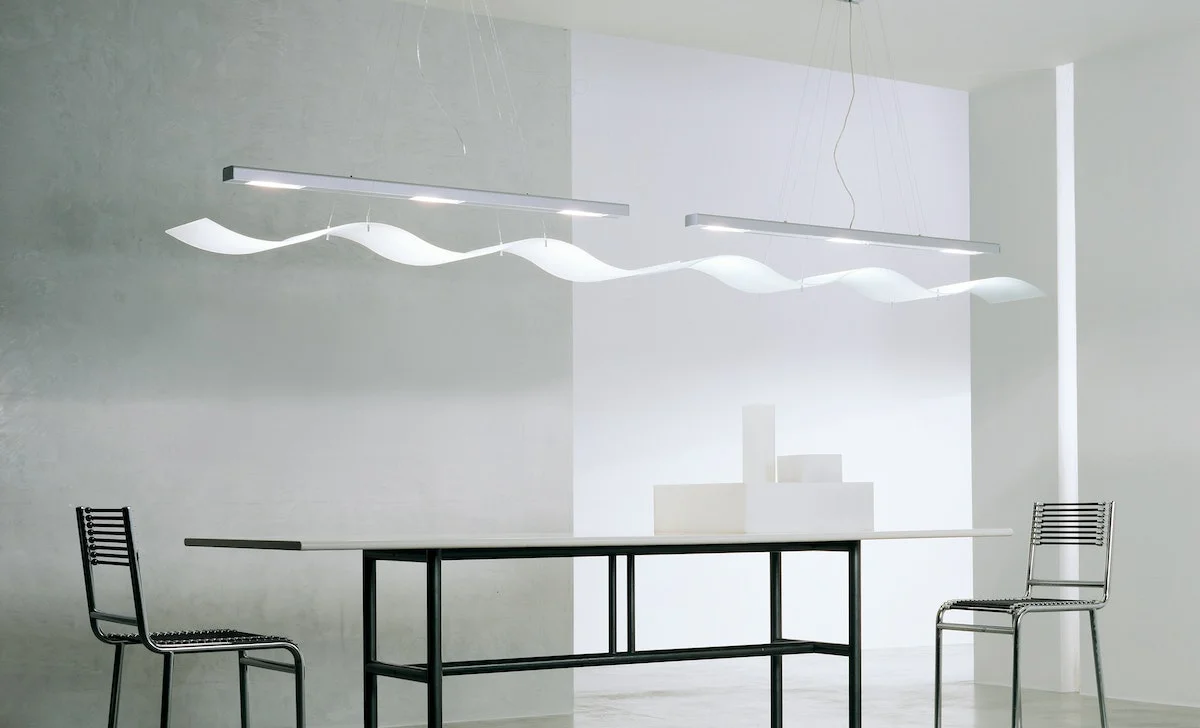Lighting plays a crucial role in interior design, elevating the ambiance and functionality of a space. The right lighting choices can transform a room, creating a welcoming atmosphere and highlighting its key features. In this article, we will explore the different types of interior lighting and how they can enhance your living spaces.
In this article, we will cover
- Introduction
- Importance of interior lighting
- Role of lighting in enhancing the aesthetics of a space
- Natural Lighting
- Benefits of natural lighting
- Strategies to maximize natural light in interior spaces
- Ambient Lighting
- Definition and purpose of ambient lighting
- Different types of ambient lighting fixtures
- Task Lighting
- Importance of task lighting in specific areas
- Examples of task lighting fixtures and applications
- Accent Lighting
- Enhancing focal points and highlighting architectural features
- Creative use of accent lighting techniques
- Decorative Lighting
- Adding style and personality to interior spaces
- Unique decorative lighting options
- Energy-Efficient Lighting
- The role of energy-efficient lighting in sustainable design
- Benefits of using LED and CFL bulbs
- Lighting Controls and Systems
- Automation and smart lighting solutions
- Benefits of lighting control systems
- Choosing the Right Lighting
- Factors to consider when selecting lighting fixtures
- Matching lighting options to different interior styles
- Lighting Tips and Techniques
- General tips for effective interior lighting design
- Techniques to create different moods and atmospheres
- Lighting Maintenance and Safety
- Importance of regular maintenance for optimal lighting performance
- Ensuring electrical safety and preventing hazards
- Future Trends in Interior Lighting
- Emerging technologies and their impact on lighting design
- Integration of lighting with smart home systems
1. Introduction
Lighting serves both practical and aesthetic purposes in interior design. It illuminates the environment, enabling us to perform tasks, and sets the mood by creating a visually appealing atmosphere. By understanding the various types of lighting available, you can make informed decisions to bring out the best in your home or office.
2. Natural Lighting
One of the most desirable forms of lighting is natural light, which is provided by the sun. Natural lighting offers numerous benefits beyond its illuminating properties. It improves our well-being, enhances productivity, and creates a sense of connection with the outdoors. To maximize natural light in interior spaces, consider the following strategies:
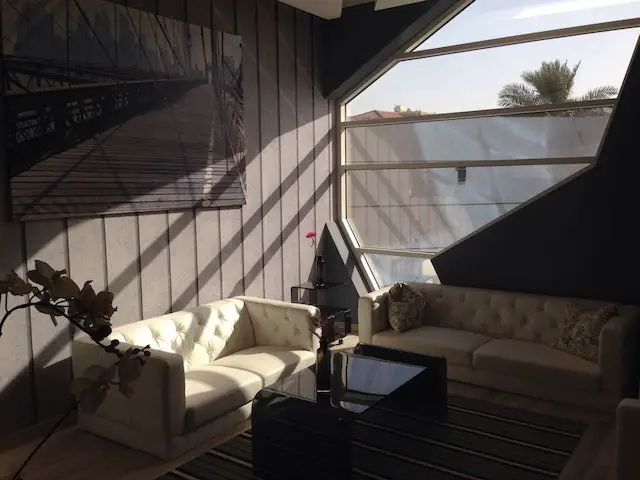
- Utilize windows and skylights: Incorporate large windows and skylights to allow ample natural light to enter the room.
- Use light-colored and reflective surfaces: Light-colored walls, ceilings, and furniture can help bounce natural light around the space, making it feel brighter and more open.
- Choose sheer or light-filtering window coverings: Use window coverings that allow light to penetrate while providing privacy and glare reduction.
3. Ambient Lighting
Ambient lighting, also known as general lighting, is the foundation of any lighting design. It provides overall illumination to a space, ensuring it is adequately lit without creating harsh shadows or glare. There are various types of ambient lighting fixtures to consider:
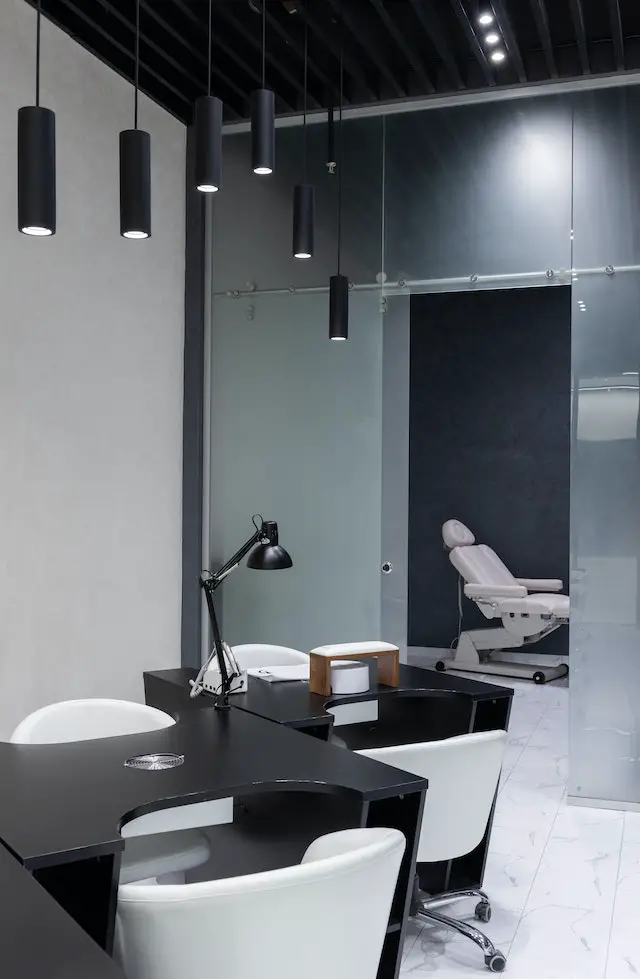
- Ceiling-mounted fixtures: These fixtures, such as chandeliers, flush mounts, and pendant lights, provide general illumination for larger areas like living rooms and dining rooms.
- Recessed lighting: Recessed lights, also known as can lights or downlights, are installed into the ceiling and provide a clean and minimalist look. They are suitable for general lighting in any room.
- Track lighting: Track lighting consists of adjustable fixtures mounted on a track, allowing you to direct light where needed. It is ideal for illuminating artwork or highlighting specific areas.
- Wall sconces: Wall sconces are fixtures mounted on walls and provide ambient lighting while adding a decorative touch to a room. They can be used in hallways, bedrooms, or as accent lighting.
4. Task Lighting
Task lighting is designed to provide focused illumination for specific activities or tasks. It helps prevent eye strain and enhances productivity in areas where detailed work is performed. Consider incorporating the following task lighting fixtures:
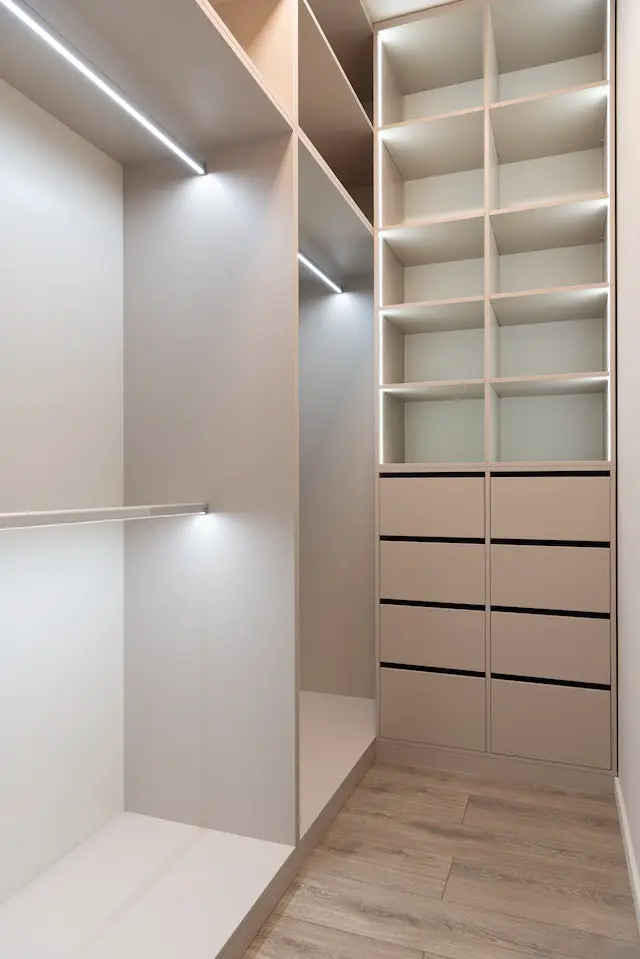
- Desk lamps: Desk lamps with adjustable arms and focused light output are essential for home offices, study areas, or workspaces.
- Under-cabinet lighting: Installed beneath kitchen cabinets, under-cabinet lighting illuminates countertops, making food preparation and cooking easier.
- Vanity lights: Vanity lights in bathrooms provide even and shadow-free illumination for grooming tasks such as applying makeup or shaving.
- Reading lights: Bedside reading lights or floor lamps with adjustable heads are perfect for avid readers, offering targeted light for comfortable reading.
5. Accent Lighting
Accent lighting adds drama and visual interest to a space by highlighting specific objects, architectural details, or artwork. It creates focal points and draws attention to the desired areas. Consider the following accent lighting techniques:
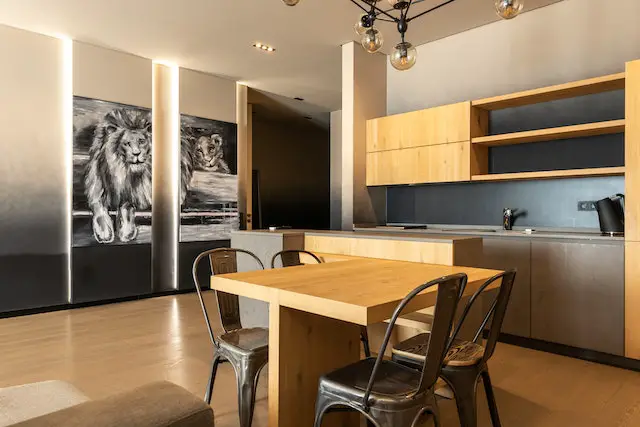
- Recessed spotlights: These fixtures are installed in the ceiling or walls and are used to highlight artwork, sculptures, or architectural features.
- Picture lights: Picture lights are installed above artwork or photographs, directing focused light to showcase the pieces.
- Track or monorail lighting: By adjusting track or monorail lighting fixtures, you can create layers of light and highlight different elements within a room.
- Wall washers: Wall washers are fixtures that provide a broad wash of light, emphasizing textured walls or decorative elements.
6. Decorative Lighting
Decorative lighting serves as a statement piece in interior design, adding style, personality, and visual impact to a space. It goes beyond functionality and becomes an integral part of the overall decor. Consider incorporating unique decorative lighting options:
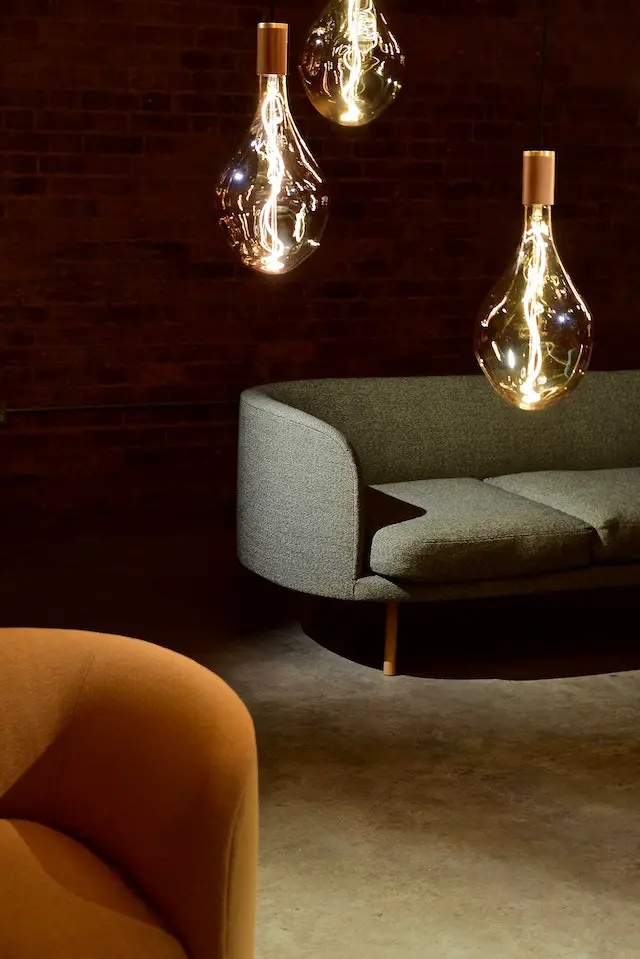
- Chandeliers: Chandeliers are elegant and eye-catching lighting fixtures that serve as a focal point in entryways, dining rooms, or living rooms.
- Pendant lights: Pendant lights come in various shapes and styles, allowing you to add a touch of personality to kitchen islands, dining areas, or hallways.
- Sconces and wall lights: Decorative wall sconces or wall lights can enhance the ambiance of a room while serving as a decorative element.
7. Energy-Efficient Lighting
In today’s environmentally conscious world, energy-efficient lighting options play a crucial role in sustainable design. They help reduce energy consumption, lower utility bills, and contribute to a greener planet. Consider the following energy-efficient lighting options:
- LED bulbs: LED (Light Emitting Diode) bulbs are highly energy-efficient and have a longer lifespan compared to traditional incandescent bulbs. They are available in a wide range of colors and can be dimmable, making them versatile for various lighting needs.
- CFL bulbs: Compact Fluorescent Lamp (CFL) bulbs are another energy-saving alternative. They use less energy and last longer than incandescent bulbs. CFL bulbs come in different shapes and sizes to fit different fixtures.
- Smart lighting systems: Smart lighting systems, such as those compatible with voice assistants or smartphone apps, allow you to control and customize your lighting settings. You can schedule lights, adjust brightness, and even change colors, optimizing energy usage and creating personalized lighting experiences.
8. Lighting Controls and Systems
Lighting controls and systems offer convenience, flexibility, and energy efficiency. They allow you to customize lighting settings according to your needs and preferences. Consider the following lighting control options:
- Dimmer switches: Dimmer switches allow you to adjust the brightness of the lights, creating different moods and saving energy. They are particularly useful in areas where versatile lighting is required, such as dining rooms or living rooms.
- Motion sensors: Motion sensors automatically turn on lights when they detect movement and turn them off when the area is vacant. They are ideal for hallways, bathrooms, or outdoor spaces, ensuring that lights are not left on unnecessarily.
- Smart home integration: Integration with smart home systems enables you to control your lighting using voice commands or smartphone apps. You can create scenes, automate schedules, and even control lights remotely, adding convenience and energy efficiency to your home.
9. Choosing the Right Lighting
When selecting lighting fixtures for your interior spaces, it’s important to consider several factors to ensure the right fit. Here are some considerations:
- Functionality: Determine the purpose of the lighting in each area. Is it for general illumination, task-specific lighting, or accentuating certain elements?
- Aesthetics: Choose fixtures that complement the overall style and decor of the room. Consider the size, shape, and material of the lighting fixtures to ensure they blend harmoniously with the space.
- Lighting intensity: Consider the desired brightness level for each area. Different spaces may require different levels of illumination, such as brighter lighting for kitchens and softer lighting for bedrooms.
- Energy efficiency: Opt for energy-efficient lighting options like LED or CFL bulbs to reduce energy consumption and lower long-term costs.
- Budget: Set a budget and explore lighting options within your price range. There is a wide range of lighting fixtures available at different price points to suit various budgets.
10. Lighting Tips and Techniques
Here are some general tips and techniques to create effective and aesthetically pleasing interior lighting design:
- Layered lighting: Incorporate a combination of ambient, task, and accent lighting to create depth and dimension in a room. Layered lighting adds visual interest and allows for flexibility in lighting different areas as needed.
- Color temperature: Consider the color temperature of the light sources. Warmer tones (around 2700K-3000K) create a cozy and intimate atmosphere, while cooler tones (around 4000K-5000K) provide a brighter and more energizing feel.
- Lighting placement: Pay attention to the placement of lighting fixtures to ensure even distribution of light. Avoid shadows or dark spots that may hinder visibility or create an unbalanced look.
- Dimming options: Incorporate dimmer switches or smart lighting systems to have control over the brightness levels. This allows you to adjust the lighting according to different activities or moods.
- Lighting for artwork: Use picture lights or track lighting to highlight artwork or decorative pieces. Proper lighting can enhance the colors, textures, and details, making them stand out as focal points.
- Avoid glare: Position lighting fixtures in a way that minimizes glare. Direct light away from reflective surfaces and use shades or diffusers to soften the light and prevent eye strain.
- Layered controls: Install separate controls for different lighting zones or areas. This allows you to create different lighting scenes and customize the lighting levels based on specific needs or preferences.
- Exterior lighting: Don’t forget to consider exterior lighting for the entryway, pathway, or outdoor living spaces. Well-placed exterior lighting enhances safety, security, and curb appeal.
11. Lighting Maintenance and Safety
Proper maintenance and safety measures are essential for optimal lighting performance and ensuring a safe environment. Consider the following:
- Regular cleaning: Dust and dirt can accumulate on lighting fixtures, reducing their efficiency and appearance. Regularly clean the fixtures to remove any debris and maintain their optimal performance.
- Replace faulty bulbs: Burned-out or flickering bulbs should be replaced promptly. This not only ensures consistent lighting but also prevents potential electrical hazards.
- Electrical safety: When installing or replacing lighting fixtures, ensure proper electrical safety measures. If unsure, consult a qualified electrician to handle any electrical work.
- Fire safety: Keep flammable materials away from heat sources and ensure proper ventilation around lighting fixtures to prevent the risk of fire hazards.
12. Future Trends in Interior Lighting
The world of interior lighting continues to evolve, driven by advancements in technology and design. Here are some future trends to keep an eye on:
- Smart lighting integration: Integration with smart home systems will become more seamless and sophisticated, allowing for enhanced control, automation, and energy efficiency.
- Wireless and portable lighting: Wireless and portable lighting solutions will gain popularity, offering flexibility in placement and ease of use.
- Human-centric lighting: Lighting systems that mimic natural daylight patterns and adjust throughout the day to support our circadian rhythms and overall well-being will become more prevalent.
- Sustainable materials: Lighting fixtures made from eco-friendly materials and utilizing sustainable manufacturing processes will be in high demand as sustainability becomes a central focus in design.
- Artistic and sculptural lighting: Lighting fixtures that double as art pieces or architectural elements will gain popularity, providing both functional illumination and artistic expression.
Photo by Pixabay

